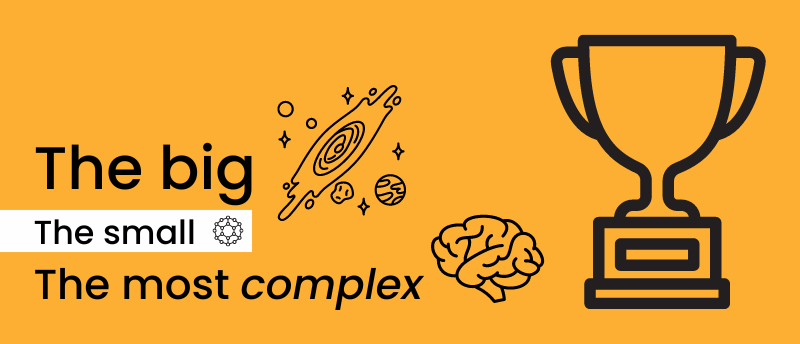Who won the 2024 Kavli Prize for nanoscience?

The Kavli Prizes, a selection of awards founded by entrepreneur and philanthropist Fred Kavli to recognize researchers who have conducted pioneering work in astrophysics, nanoscience and neuroscience – or as Kavli saw it: the big, the small and the most complex – have been awarded to this year’s laureates. The prize recipients in each field, selected by international committees appointed by The Norwegian Academy of Science and Letters (Oslo, Norway), are awarded US$1 million split among them.
Here, we present this year’s nanoscience award, shared by a trio of researchers whose work in nanoscale engineering has led to dramatic improvements in diagnostics, therapeutic delivery and bioimaging.
The first of these recipients is Robert Langer (MIT, MA, USA), who, in initially looking to inhibit angiogenesis in tumors, designed a new method to ensure the slow release of his newly discovered angiogenesis inhibitor that prevented its breakdown in the circulatory system [1, 2]. To do this, he engineered a noninflammatory polymer that could be implanted in tumors. His subsequent work in the field led to the creation of wafer-thin implants that could be used to deliver chemotherapies directly to brain tumors. The development of these biomaterials for the controlled, continuous release of molecules has proven useful to the delivery of therapeutics for numerous diseases [1, 2].
Langer’s work also revealed that nanoparticles containing protein antigens could stimulate an immune response and be used for vaccination, laying some of the groundwork that led to the successful delivery of mRNA vaccines used to fight COVID-19 [3].
Moving from therapeutic design to improvements in lab methods, Armand Paul Alivisatos (University of Chicago, IL, USA) has been recognized for his work in the development of quantum dots or semiconductor nanocrystals: aggregates of 100 to 10,000+ atoms that form crystalline structures. Alivisatos took pre-existing nanocrystal technologies and improved on them, enabling their growth from one-dimensional dots into two-dimensional rods [4].
 Meet the pioneer of cancer immunotherapies
Meet the pioneer of cancer immunotherapies
Steven Rosenberg is a Senior Investigator and Chief of the Surgery Branch at the National Cancer Institute. Rosenberg pioneered the development of effective immunotherapies for patients with advanced cancer, with his work contributing to IL-2, TIL and CAR-T therapies.
Alivisatos also demonstrated that, depending on their size, nanocrystals made of semiconductor materials can emit different colors. This discovery coupled with the newfound control of their size and shape enabled these quantum dots to be used as fluorescent probes for bioimaging applications, from live-cell tracking through to fluorescence microscopy.
The final laureate in this field is Chad Mirkin (Northwestern University, IL, USA), who was chiefly responsible for engineering spherical nucleic acids (SNAs) in 1996 using gold nanoparticles as a core around which DNA or RNA molecules could be wrapped. This development enabled the nanoparticle to be conceptualized as an atom and the nucleic acids as its bonds, through which SNAs could be linked to form colloidal crystals and novel materials [5].
Using these materials and the binding properties of nucleic acids, subsequent research efforts were able to develop precise molecular diagnostics; for example, SNA-based assays were utilized in the ubiquitous Verigene system, which is used in hospitals globally to detect a series of different diseases [5].
Commenting on the impact of these three researchers, Bodil Holst, Chair of the prizes’ Nanoscience Committee, stated that they have, “…broadened the scientific field of nanoscience, building from fundamental research. By scientific curiosity they have become inventors for the future of nanoscience and biomedicine.”